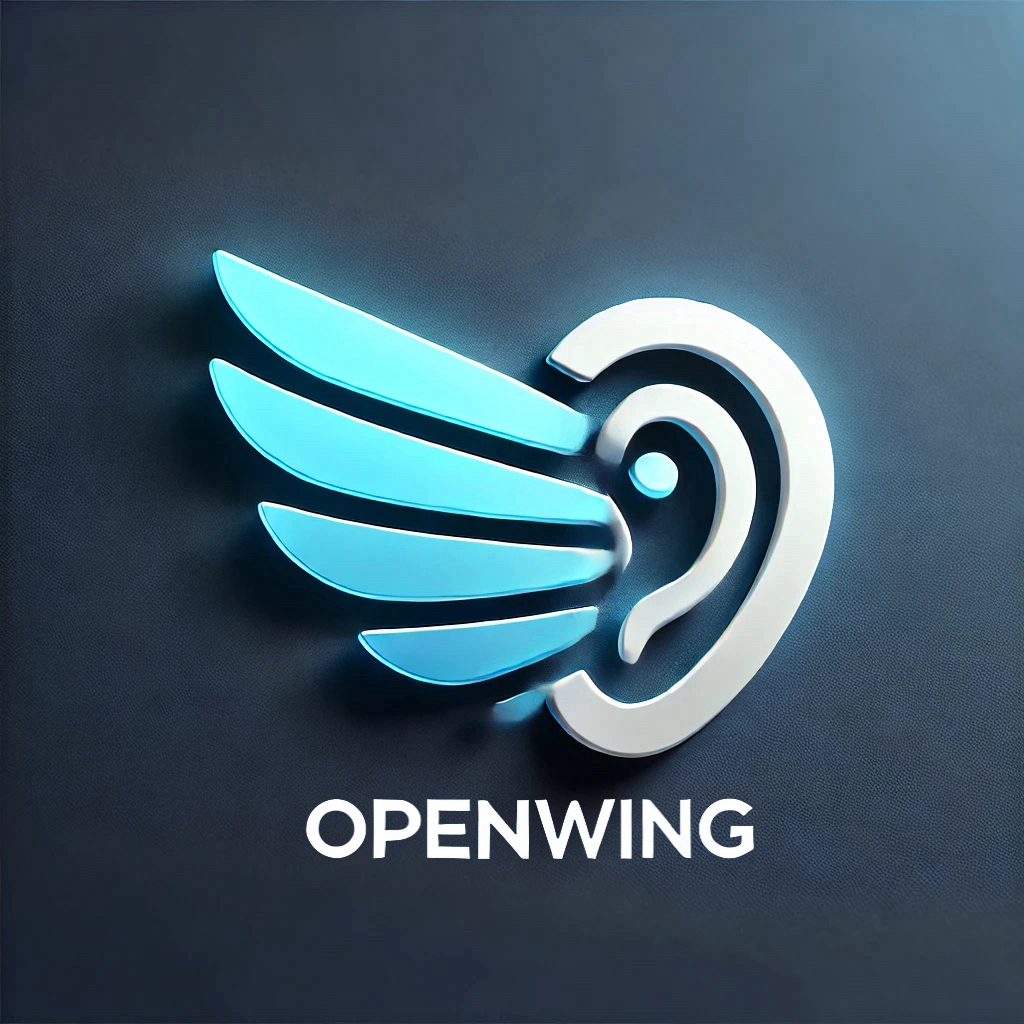Subscribe to Updates
Get the latest creative news from FooBar about art, design and business.
Author: kissdev
State-of-the-art chip designs developed in the lab of Shreyas Sen, an Associate Professor at Purdue University, could offer groundbreaking solutions to the energy constraints plaguing today’s wearable devices. These energy limitations have long restricted the potential of wearable gadgets to handle complex AI tasks, thereby affecting their utility in critical areas such as healthcare, where continuous, real-time monitoring is vital. Imagine a wearable electrocardiogram that could detect heart irregularities without relying on constant internet connectivity. Such a device could save lives, even in areas with poor signal reception. Sen, who holds the Elmore Associate Professorship in Electrical and Computer Engineering…
TAIPEI, Aug. 21, 2024 /PRNewswire/ — The 2024 Taipei International Industrial Automation Exhibition witnessed a major breakthrough as MICROIP announced the adoption of its groundbreaking “AI Software Platform Solution” by WT Microelectronics. This innovative platform will underpin the industry’s first AI x Remote I/O solution, leveraging MediaTek’s Genio IoT platform with MT8390/MT8370 processors. These cutting-edge processors, crafted using TSMC’s 6nm process, integrate dual-core ARM Cortex-A78 and six/four-core ARM Cortex-A55 architectures, enhanced with 4.0TOPs/3.2TOPs neural processing units (NPU). The result is a sophisticated blend of high performance and energy efficiency, positioning these processors perfectly for industrial automation applications demanding AI capabilities,…
In a bold and forward-thinking move, Amazon has announced its plans to acquire AI chipmaker and model specialist Perceive Corp. for a staggering $80 million in cash. This acquisition aims to significantly enhance Amazon’s large language models (LLMs) and edge computing capabilities, marking a substantial investment in the future of artificial intelligence and on-device computing. Amazon, the tech giant and parent company of Amazon Web Services (AWS), is poised to integrate Perceive Corp.’s cutting-edge technology directly into its operations. “We’re excited to have signed a deal to acquire Perceive and bring over its talented team to join our efforts to…
Envision a city where technology seamlessly integrates with daily life, optimizing everything from traffic flow to energy usage, creating an urban ecosystem unlike any we’ve seen before. This is the promise of smart cities. These forward-thinking locales aim to operate public services at peak efficiency, ensuring that residents have easy access to accurate information, vital resources, and significant community engagements. Imagine moving effortlessly through a city with optimized public transportation, connected vehicles, and intelligent adaptive traffic management, all working harmoniously. Behind the scenes, data enhanced by artificial intelligence (AI) provides insights to increase energy efficiency and promote sustainable urban development,…
The fusion of artificial intelligence with the Internet of Things (IoT) is not merely a technological advancement—it heralds a transformation poised to double the value of IoT to nearly $1 trillion over the next five years. This powerful synergy, now coined as the AI of Things (AIoT), is set to elevate our devices from simple data collectors to sophisticated decision-makers. Yet, this revolutionary evolution brings with it a set of challenges that must be meticulously navigated. AIoT is shifting the paradigm of device functionality. Edge computing, or processing data on a network closer to its source, has touted benefits such…
Artificial Intelligence (AI) holds an immense potential to revolutionize businesses, but the challenge lies in how modern organizations can harness this complex yet powerful tool. Yadhu Gopalan, cofounder and CEO of Esper, argues that edge computing could be the catalyst to bring AI to the forefront of everyday business operations. By integrating intelligence directly into devices used daily, companies can unlock a myriad of opportunities previously considered out of reach. For many enterprises, the concept of AI at the edge may initially appear inaccessible, often perceived as an exclusive domain. However, this perception is rapidly shifting. The idea of democratizing…
In a thought-provoking installment of The FemTech Series, Olivia Friett, the seasoned editor of Medical Plastics News, engages in a compelling dialogue with Cat Kelly, the dynamic chief operating officer at Naitive, to explore a startling statistic: 75% of osteoporosis cases remain undetected. This condition silently impacts one in three women over the age of 50, marking a significant, yet often overlooked, public health concern. Luring in the listeners with her insightful questions, Friett delves deep into the nuances of osteoporosis—also known as the “silent disease” due to its asymptomatic progression until a fracture occurs. Kelly illuminates the conversation with…
Making waves at the 2024 Hong Kong Smart Glasses Summit, Solos has introduced its latest innovation, the AirGo Vision smart glasses. These cutting-edge wearables are poised to provide a compelling alternative to Meta’s popular Ray-Ban specs. Building upon an already impressive portfolio of intelligent wearables, Solos is equipping its latest offering with a built-in smart assistant powered by OpenAI’s formidable GPT-4o model. Solos has established itself as a strong contender in the smart glasses market over recent years, delivering products enhanced with built-in audio, text-to-speech capabilities, and advanced artificial intelligence. Despite these features, the absence of a built-in camera has…
Zepp Health has partnered with Wild.AI to disrupt the wellness industry in a groundbreaking move aimed at enhancing women’s health. This alliance has introduced the Wild.AI mini app to Amazfit smartwatches, initially debuting with the Amazfit Active series, with plans to scale across other models in the future. This collaboration promises to offer profound insights through personalized readiness scores and training plans tailored to each woman’s hormonal profile. By syncing exercise, dietary habits, and recovery strategies with their unique hormonal patterns, women can now optimize their fitness routines—all from a device on their wrist. Tanita Sandhu, the global head of…
The dynamic landscape of sports is undergoing a transformative shift, thanks to the groundbreaking advancements in generative artificial intelligence (AI). A recent market research report from The Business Research Company delves into the intricate details of the global market size, growth trajectories, regional distributions, competitor strategies, segmented analyses, current trends, and burgeoning opportunities in the realm of generative AI in sports. The current size of the generative AI in sports market is set to soar exponentially over the next few years, with projections estimating it to reach an impressive $0.58 billion by 2028. This expected growth marks a remarkable compound…

